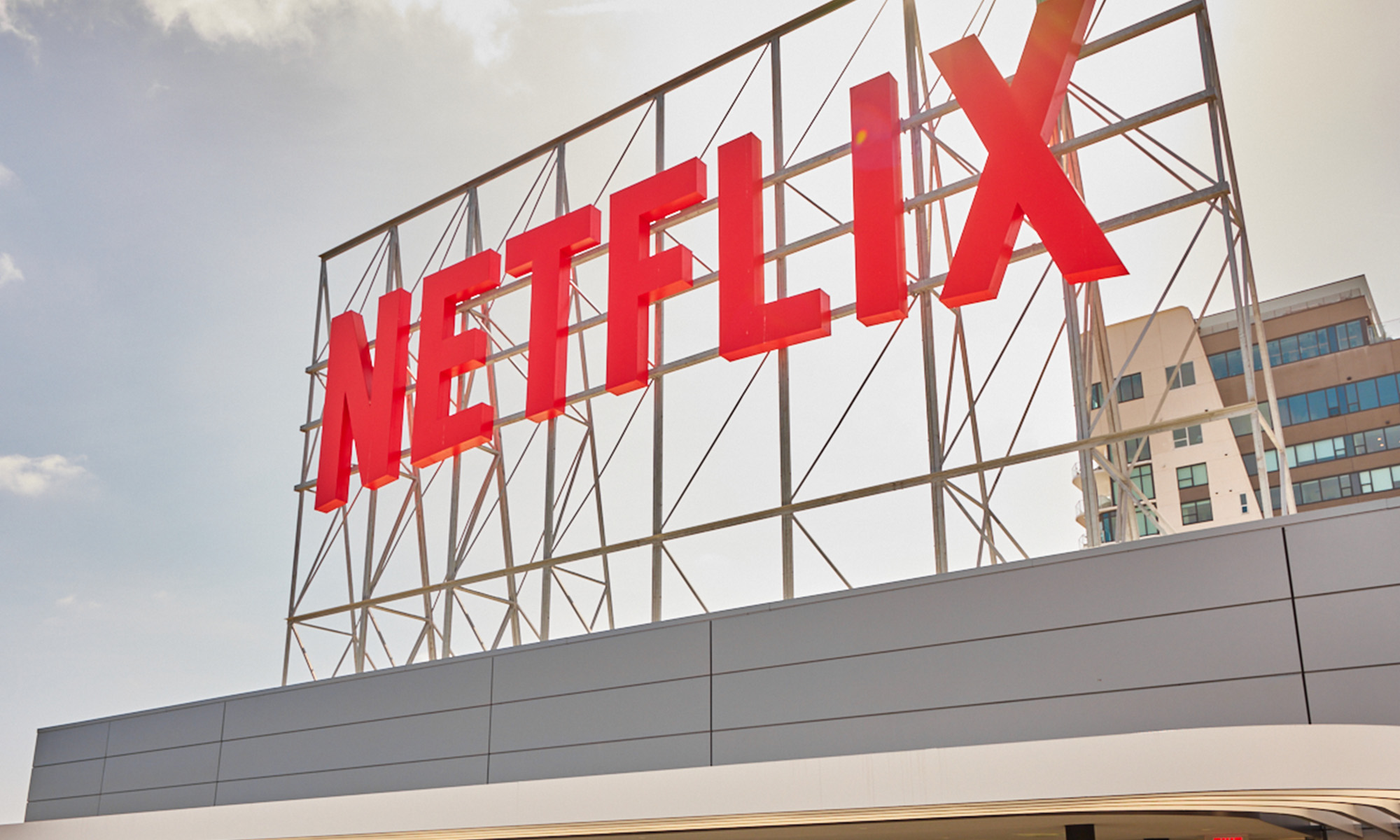Around this time last year, Netflix (NFLX +0.12%) told investors it was going to make a big investment in marketing.
"We're taking marketing spend up a little faster than revenue for this year (from about $1.3B to approximately $2B) because our testing results indicate this is wise," management wrote in its letter to shareholders for the fourth quarter of 2017.
Netflix ended 2018 with $2.37 billion in marketing expenses compared to $1.44 billion in 2017. That's a 65% increase in marketing spend. And for that increased marketing spend, Netflix was able to add more subscribers in 2018 than in any year prior: 28.6 million. That said, net additions grew just 33% compared to 2017, so Netflix's marketing efficiency continued to decline.
While Netflix is adding subscribers faster than ever, investors may be concerned the company could be more profitable if it didn't spend as much on marketing.

Image source: Netflix.
Marketing is tied to content
Netflix's content budget is absolutely massive, even compared to its giant marketing budget. The company expensed about $7.5 billion in content during 2018, but it's spending even more than that in cash to produce originals to be released in the future. As a result, investors should expect those content expenses to keep going up for the foreseeable future.
Netflix originals account for a growing share of its content expenses. Management has said 85% of the increase in its content budget goes toward producing originals, and Netflix Studios will be its biggest content supplier by this year.
However, producing hundreds of titles doesn't do Netflix any good if nobody knows about them. "Almost all of our investments are around promoting these incredible new titles we have like Bird Box," CEO Reed Hastings said on Netflix's fourth-quarter 2018 earnings call.
As Netflix's original content budget continues to climb, its marketing budget must climb alongside it in order to maximize the value of those content investments. In that way, Netflix's marketing spend is just as much about keeping its existing subscribers as it is about attracting new subscribers.
So, judging whether Netflix's increased marketing budget was wise based solely on net additions doesn't do it justice.
Operating margin is still expanding
Netflix posted a 10% operating margin for the full-year 2018. That fluctuated from quarter to quarter based on title launches, but overall, it represents an expansion of about 3 percentage points compared to 2017. Netflix is aiming for similar margin expansion this year.
Profitable growth is ultimately the most important thing investors want to see from Netflix. 2019 is starting off with another move to make the service more profitable, increasing prices for its nearly 60 million U.S. subscribers. Spending more on content and marketing will ensure that practically all of those subscribers go along with the price increase. That alone should grow the top line by a double-digit percentage in the U.S.
As long as Netflix is showing solid subscriber growth, people are watching its originals, and its marketing expenses aren't eating into its operating margin, it's certainly "wise" for the company to continue investing heavily in marketing.
Check out the latest Netflix earnings call transcript.






